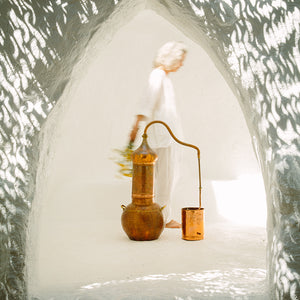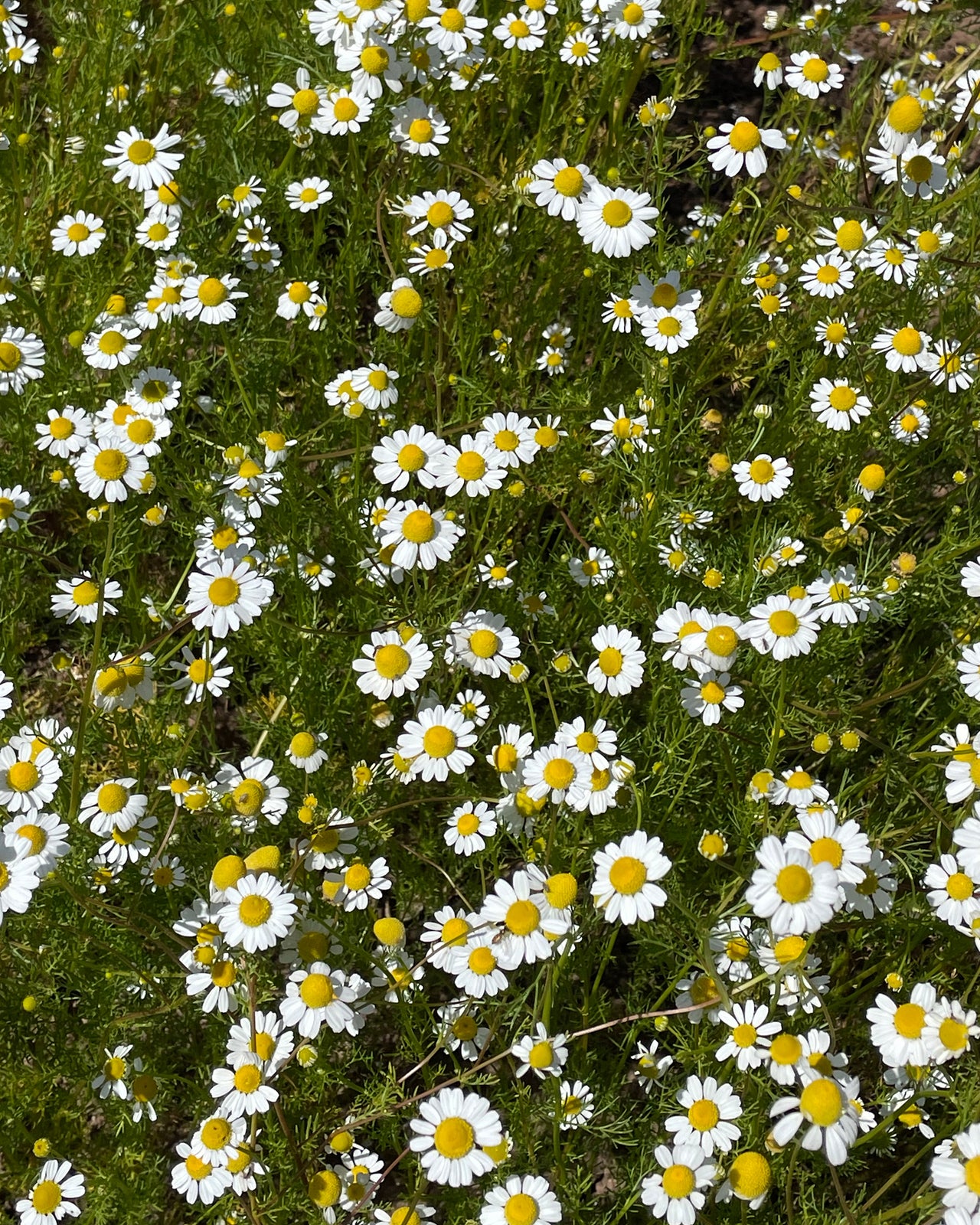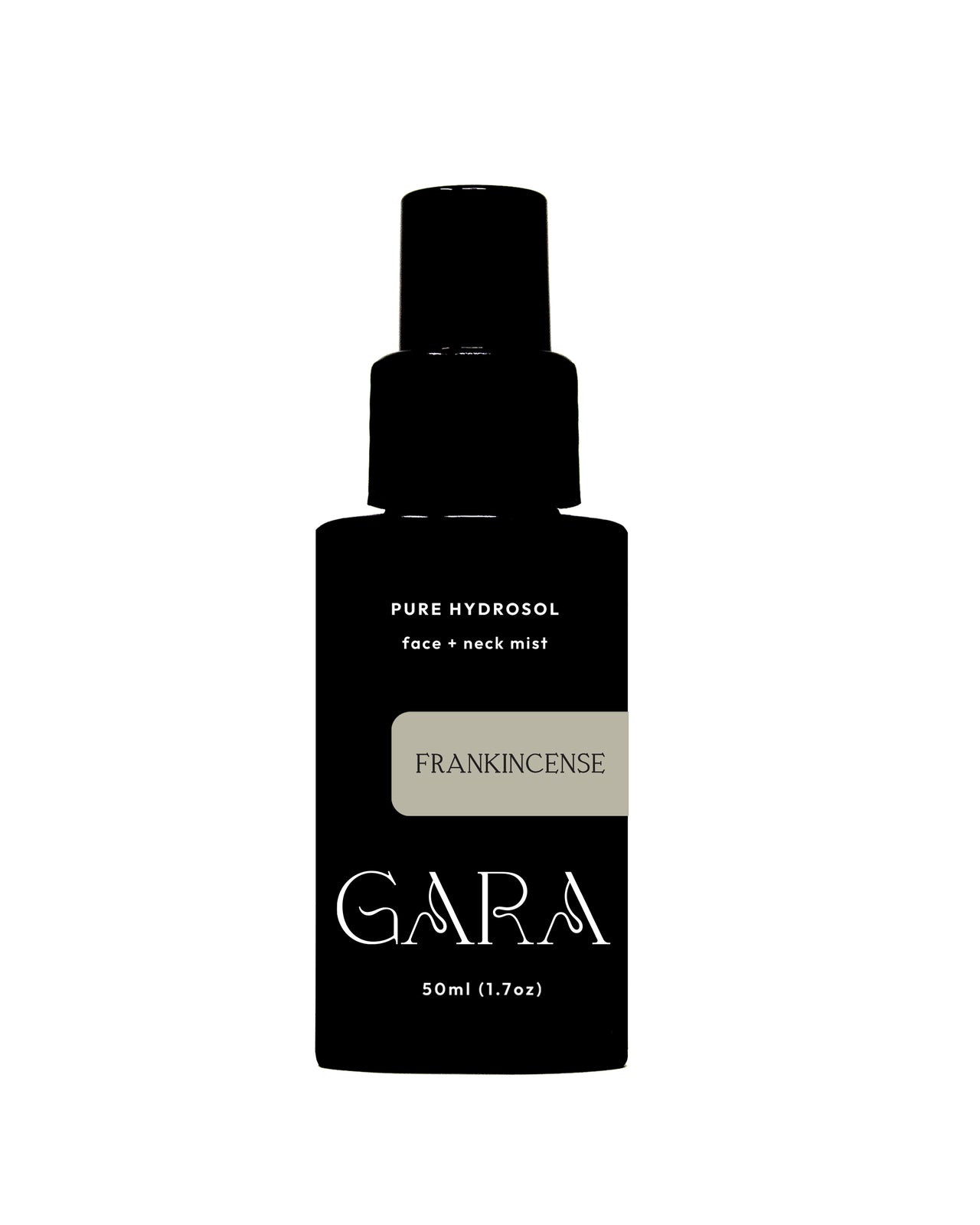The history of distillation
The art of distillation is an ancient and intricate practice that has been woven into human history for nearly four millennia. Over the centuries, the apparatus for distillation has taken on various forms, yet the fundamental method remains recognizable today.
Though its true origins are unknown, a rudimentary process of distillation can be traced back to the ancient Egyptians, who employed basic clay or glass stills to extract aromatic oils from plants for perfumes and incense. These early experiments laid the foundation for the subsequent development of distillation techniques.
In antiquity, distillation was primarily used to produce aromatic hydrosols, often referred to as "flower waters" or "herbal waters." These fragrant waters held both therapeutic and ceremonial significance in various cultures. Ancient Persian scholars wrote about the production of rosewater through distillation as early as the 9th century. Hydrosols were valued for their soothing and healing properties, becoming integral components of traditional medicine and beauty rituals.
As distillation techniques evolved, the extraction of essential oils from plants became more refined. Essential oils gained prominence for their medicinal and aromatic qualities. The development of the copper alembic still during the Middle Ages marked a significant milestone in distillation history. This elegantly designed apparatus allowed for more precise control of temperature and the separation of essential oils from hydrosols. The alembic still played a pivotal role in the rise of essential oil production, and its design principles are still used in modern distillation practices to this day.
One of the most enduring elements of distillation is the use of the alembic still, which, for hundreds, if not thousands, of years, has been crafted from copper. Copper's role in distillation is pivotal; it not only conducts heat efficiently but also neutralizes certain compounds found within the plants, contributing to the overall purity and quality of the final distillate.
The use of copper alembic stills became more prominent in Europe during the 9th and 10th centuries. These stills were employed for various purposes, including the distillation of medicinal compounds, perfumes, and alcoholic beverages. Alchemists and early chemists of the time played a significant role in developing and refining distillation techniques, often using copper alembic stills.
Today, distillation has transcended its historical roots, combining ancient wisdom with modern technology. While the process has become more efficient and standardized, the appreciation for the distinct qualities of hydrosols and essential oils remains. Hydrosols continue to be celebrated for their gentle, holistic benefits in aromatherapy and skincare, while essential oils find application in a wide range of industries, from natural medicine to perfumery. The copper alembic still, a symbol of tradition and craftsmanship, continues to be used by artisans and distillers who recognize its unique ability to coax nature's essence in a vibrant and timeless way. Distillation, with its rich history, remains a bridge connecting us to the profound wisdom of the natural world.





EXPLORE OUR SEASONAL HYDROSOLS
LEARN MORE ABOUT HYDROSOLS













